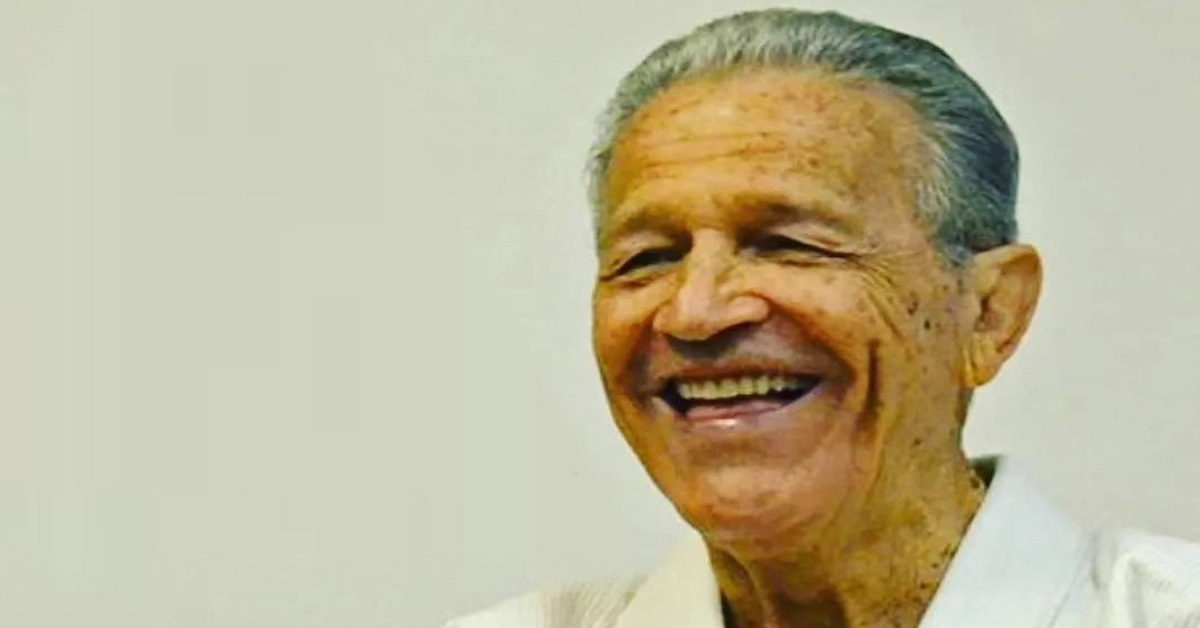
You’ve probably heard the news that we lost the legendary Master Robson Gracie. The Gracie family broke the news that their beloved Robson passed away last Friday at the age of 88.
| Birth Name: | Carlos Robson Gracie Sr. |
| Date of Birth: | 16 January 1935 |
| Died: | 28 April 2023 (aged 88) |
| Place of Birth: | Rio de Janeiro, Brazil |
| Residence: | Rio de Janeiro, Brazil |
| Style: | Brazilian Jiu-Jitsu |
| Teacher(s): | Carlos Gracie, Helio Gracie |
| Rank: | 9th deg. BJJ red belt |
| Notable relatives: | Kyra Gracie, Neiman Gracie (grandchildren) |
| Notable students: | Renzo Gracie, Ralph Gracie, Ryan Gracie |
Robson Gracie’s Life in the Gracie Family
Carlos Robson Gracie was the second oldest son of Carlos Gracie Sr. Being the son of the co-creator of Brazilian Jiu-Jitsu meant that Robson was to learn and teach his family’s martial arts.
Robson spent the majority of his life practicing and teaching Gracie Jiu-Jitsu. He shared the mats with some of the original BJJ red belts.
This includes Masters Carlson Gracie, Carley Gracie, and friends Joao Alberto Barreto and Helio Vigio. He grew up fighting and later taught some of the greatest jiu-jitsu fighters ever.
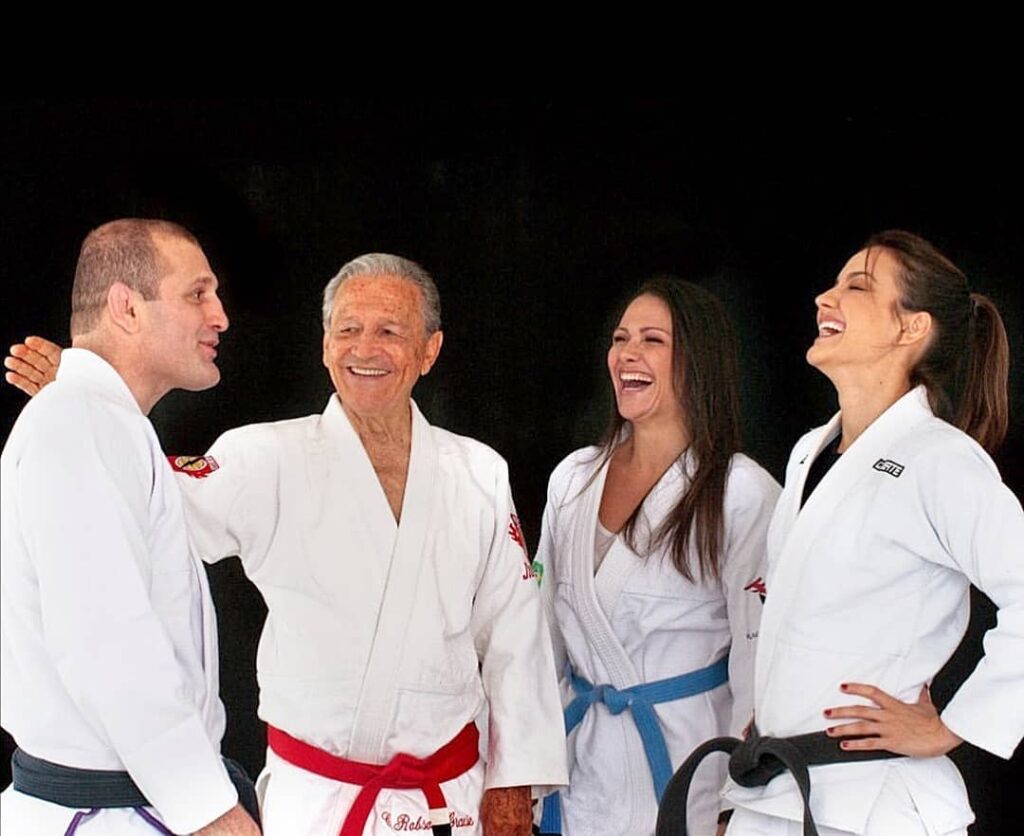
Robson Gracie in Vale Tudo
Like many in his family, Robson would compete in Vale Tudo matches during the 1950s and 1960s. One of Robson’s famous wins came against Artur Emidio in April 1957.
Master Robson dominated the fight and was fierce as the ref had to pull him off of Emidio after securing a rear naked choke.
In one incident, twenty-two martial artists from a rival school stormed the Gracie Academy, demanding a fight. The two sides began organizing a fight before one of city’s top news stations showed up.
Journalists convinced the two sides to have their fight in a ring and televised for all of Rio de Janeiro to see.
The fight was set for 20 days later, and Robson was scheduled to face Valdo Santana- the brother of Brazilian Vale Tudo legend Valdemar Santana.
During this time, Robson wasn’t training and was smaller than Valdo. Despite not being in shape, Robson defended the family and fought.
Master Robson sustained damage that made him bleed, but he never quit. During his fight, Robson ate a hard strike that knocked out one of his molars.
Despite losing a tooth and sustaining damage, Robson never quit and nearly won the about at points. He showed his legendary fighting spirit, which he passed down to his sons, who became future world champions.
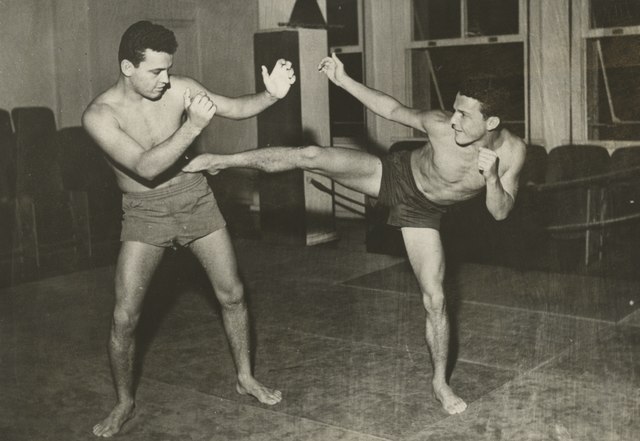
Robson’s Torture & Arrest
During the 1960s, Robson worked as a bodyguard for Leonel Brizola—the brother-in-law of former president of Brazil Joao Goulart.
On April 1st, 1964, a military coup removed Joao Goulart as president. Anyone within Goulart’s government or family was placed in prison.
Unfortunately, Robson Gracie was also arrested by the Brazilian military. They claimed that Robson had ties to the socialist militia called Acao Libertadora Nacional’(ALN).
Brazilian military police arrive at the home of his brother Rolls Gracie, where he was visiting. The military police arrested everyone in the home, which included Rolls, Robson, and his wife, Vera Lucia.
Rolls was released, but the police kept Robson and Lucia to continue interrogating and torture.. His father, Carlos Sr, attempted to get his son released, but was unable.
Rose(Robson’s sister) would enter the DOPS headquarters to demand their release but was also imprisoned. Soon after, She was quickly released along with Vera, but Robson remained imprisoned.
His imprisonment lasted for sixty days, and was told by the government police that he would die. In preparation for his possible death, Robson wrote a message on the soles of his shoes.
“Carlos Robson Gracie, unjustly killed by the army.”
Fortunately, after sixty days of incarceration, Robson Gracie was released.
Robson Creates the FJJER
During the early 1980s, Robson created the Jiu-Jitsu Federation of Rio de Janeiro(FJJER). For over 40 years, Robson was the president of the federation, who promoted numerous BJJ tournaments with Rio de Janeiro.
Robson worked within local Rio de Janeiro governments for much of his life. He served as the superintendent of sports in Rio de Janeiro.
While Robson was the superintendent of sports, he oversaw some of Rickson Gracie’s famous Valet Tudo matches.
Robson: BJJ Red Belt
After six decades of teaching and practicing his family’s martial art, Robson was promoted to a 9th-degree BJJ red belt. Robson practiced Gracie Jiu-Jitsu for over nine decades until his passing.
Robson Gracie’s Children Robson Gracie’s Grandchildren?
During his life, Master Robson raised seven children. Charles, Renzo, Keila, Ralph, Flavia, Robson Gracie Jr, and Ryan Gracie.
His sons Renzo, Ralph, and Ryan Gracie became internationally recognized fighters who represented their family in numerous fights. Robson’s children were also some of the wildest personalities of the Gracie clan.
The stories of fights and training involving his sons are far too many to list.
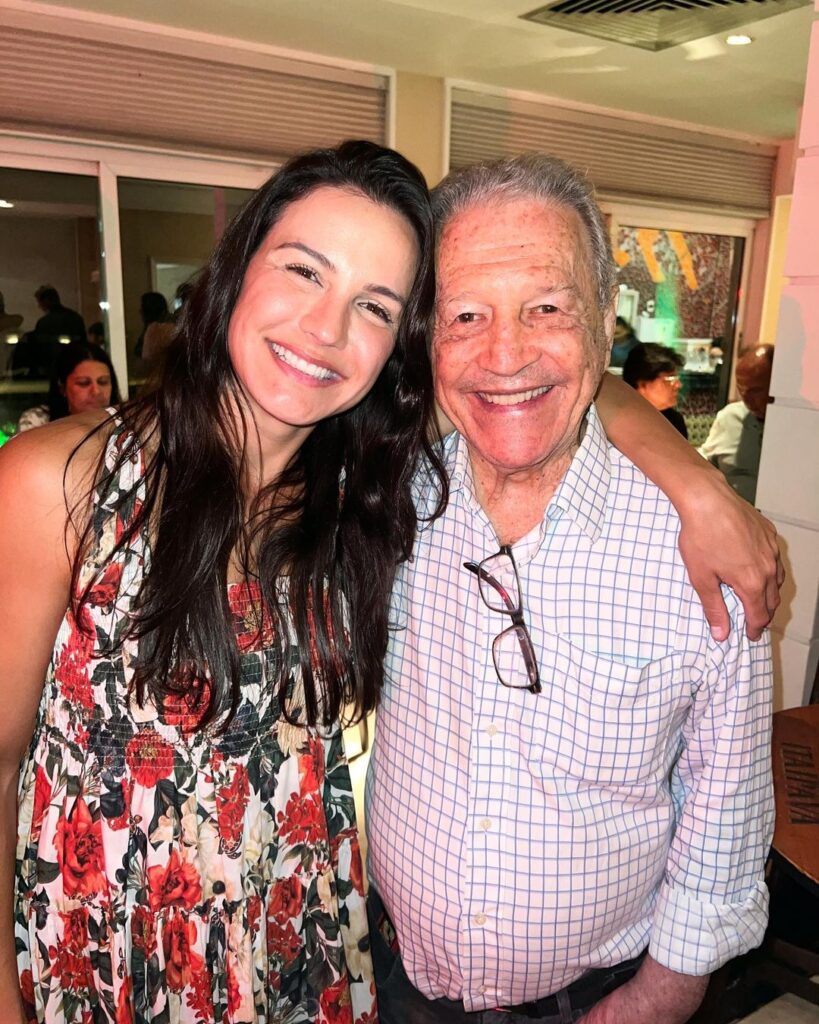
Robson Gracie’s Famous Grandchildren?
Robson Gracie is also the Grandfather of numerous grandchildren. Two of the most famous are Kyra and Neiman Gracie.
Kyra Gracie is a multiple-time BJJ world champion and is the family’s first female champion. She is also married to Brazilian actor Malvino Salvador and the mother of a son and daughter.
The Passing of Robson Gracie
On April 29th, 2023, Robson’s granddaughter, Kyra Gracie, announced on Twitter the passing of her grandfather, Master Carlos Robson Gracie Sr. He was 88, and no cause of death was announced.
Frequently Asked Questions About Master Robson Gracie
When was Robson Gracie Born?
Master Robson Gracie was born on January 27th, 1935 in Rio de Janeiro- a city that he called home throughout his life.
Who was Robson Gracie’s Father?
Robson was the second oldest son of BJJ co-creator Carlos Gracie Sr.
What was Master Robson’s Nickname?
Robson’s family and friends called him “Nanico,” which means small or short in English.
What Academy Did Robson Gracie Teach & Train In?
Master Robson Gracie spent his life representing Gracie Jiu-Jitsu and teaching primarily in the family academy.
What Was Robson Known For?
Despite his size, Gracie was known for having the heart of a lion and never gave up in a fight.
What Rank Did Master Robson Hold?
Master Robson was a 9th-degree BJJ red belt.
Who Are Robson Gracie’s Children?
In total, Robson Gracie had seven children.
- Robson Gracie Jr.
- Charles Gracie
- Keila Gracie
- Flavia Gracie
- Renzo Gracie
- Ralph Gracie
- Ryan Gracie
Who Are Robson Gracie’s Famous Grandchildren?
Gracie is also the grandfather of BJJ world champion Kyra Gracie and MMA Fighter Neiman Gracie. Kyra was the family’s first female world champion, and Neiman is a No-Gi world champion and MMA fighter.
What BJJ Federation was Master Robson President of?
Master Gracie was the president of the Jiu-Jitsu Federation of Rio de Janeiro(FJJER). He was also the superintendent of Sports for the state of Rio de Janeiro.
Master Robson Gracie: A Legend Remembered
Master Robson Gracie is one of the most influential BJJ practitioners ever. Not only for Nanico’s ability and heart but also for the children he raised, who became jiu-jitsu legends.
Robson beautifully represented his family’s martial art and helped it become globally practiced. Thanks for everything, Master Robson. Gone, but never will be forgotten.
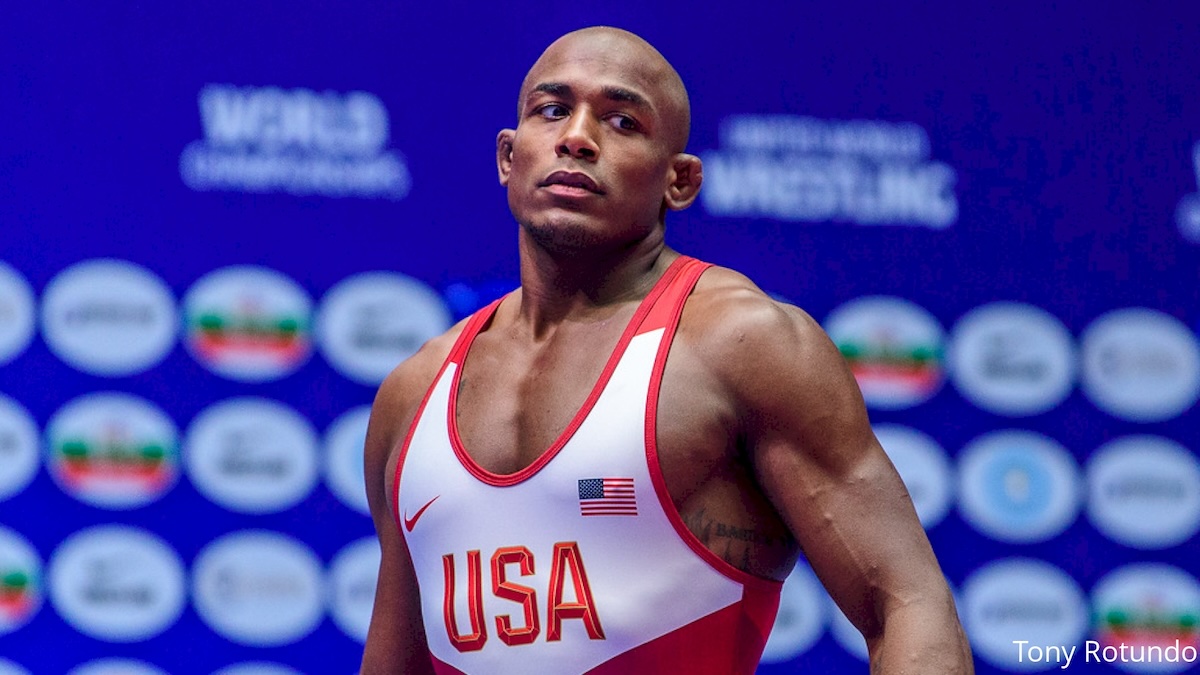 J’den Cox believes he is one of the most underrated amateur wrestlers ever. It’s hard to argue J’den’s point…
J’den Cox believes he is one of the most underrated amateur wrestlers ever. It’s hard to argue J’den’s point…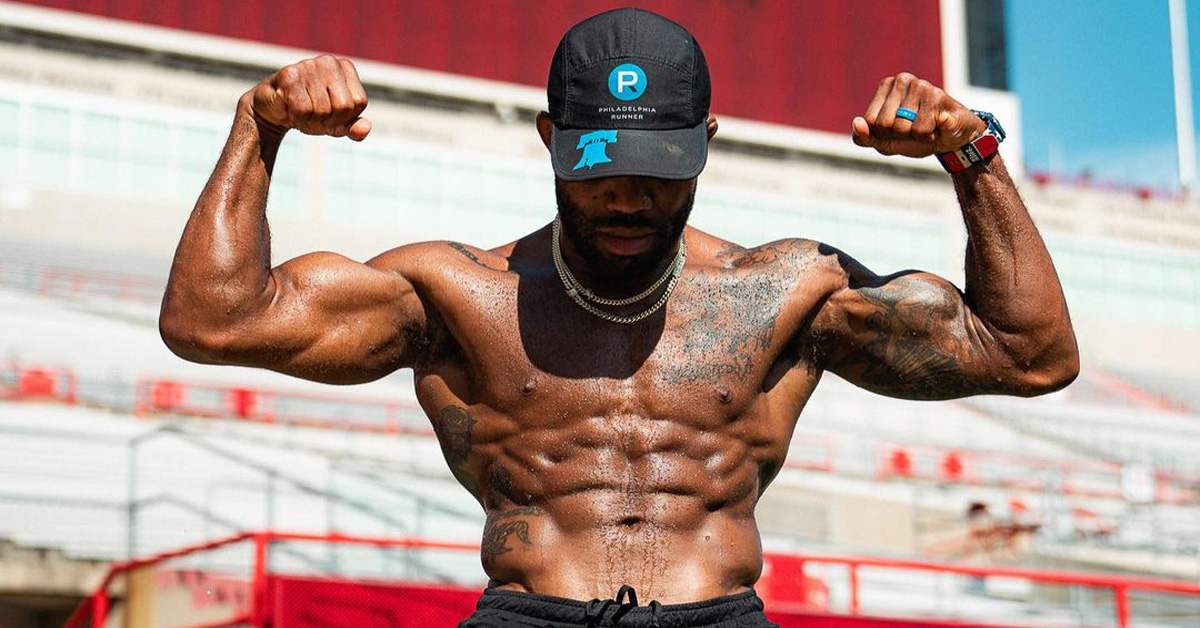 When you list all of the great modern wrestlers, Jordan Burroughs is always one of the first mentioned. Burroughs…
When you list all of the great modern wrestlers, Jordan Burroughs is always one of the first mentioned. Burroughs…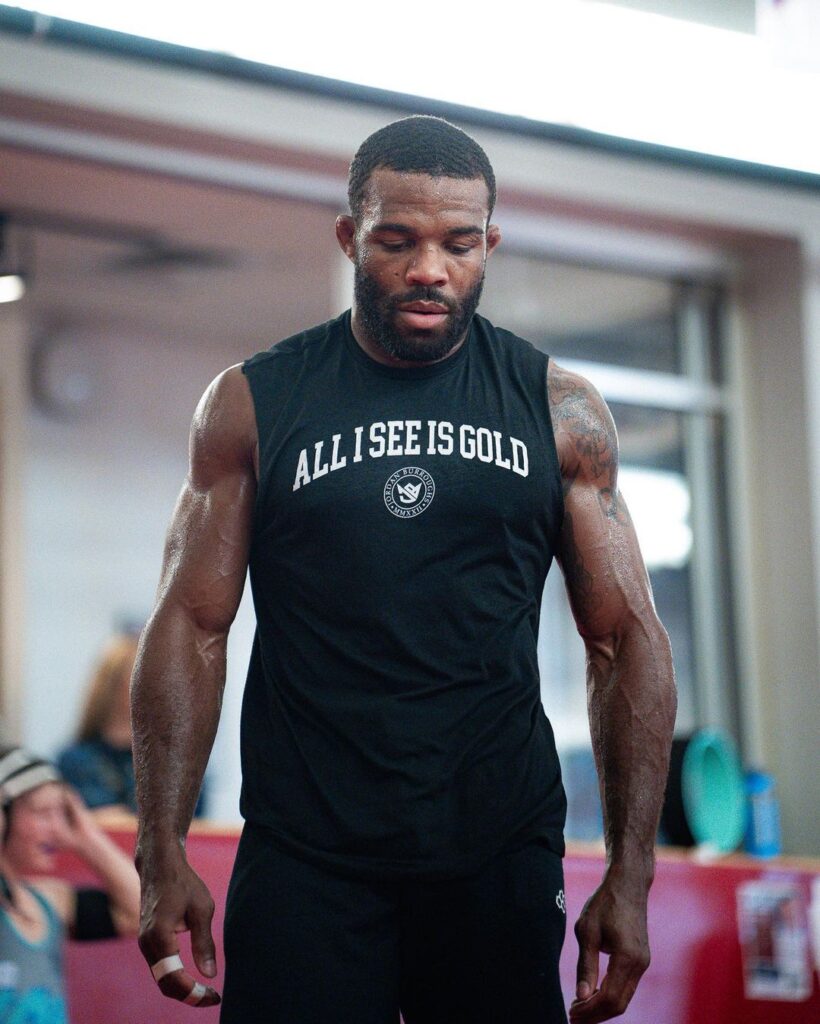
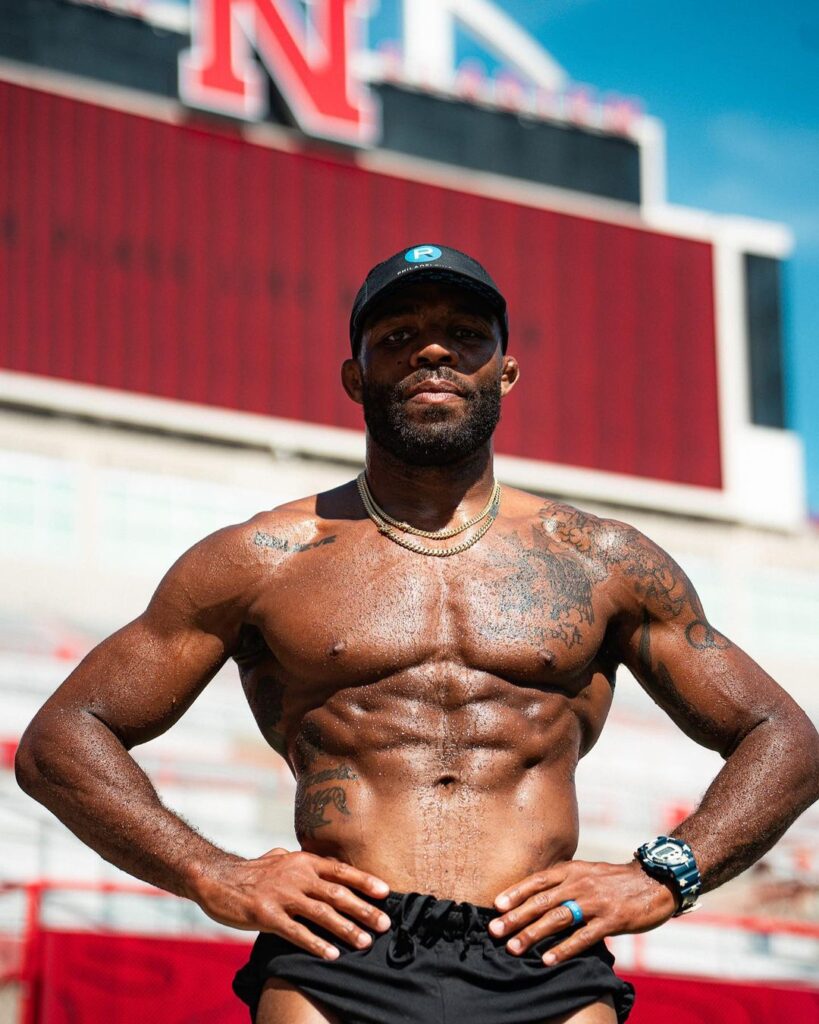
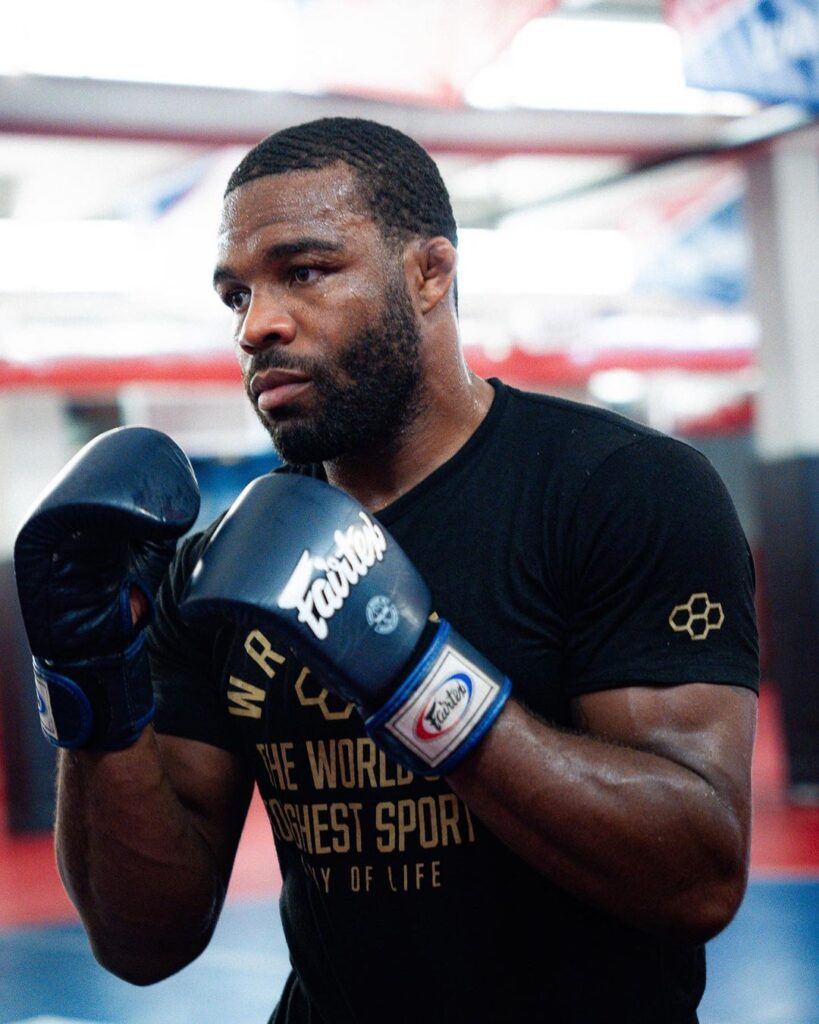
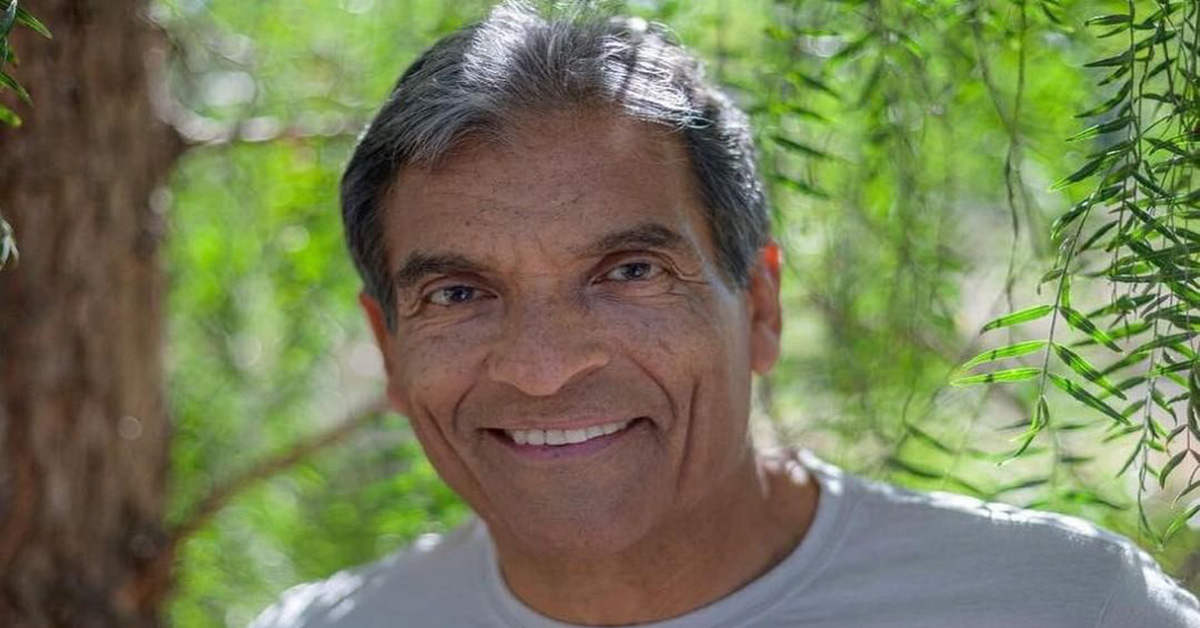 Master Rorion Gracie is one of the most influential figures who helped the growth of Brazilian Jiu-Jitsu. Not only…
Master Rorion Gracie is one of the most influential figures who helped the growth of Brazilian Jiu-Jitsu. Not only…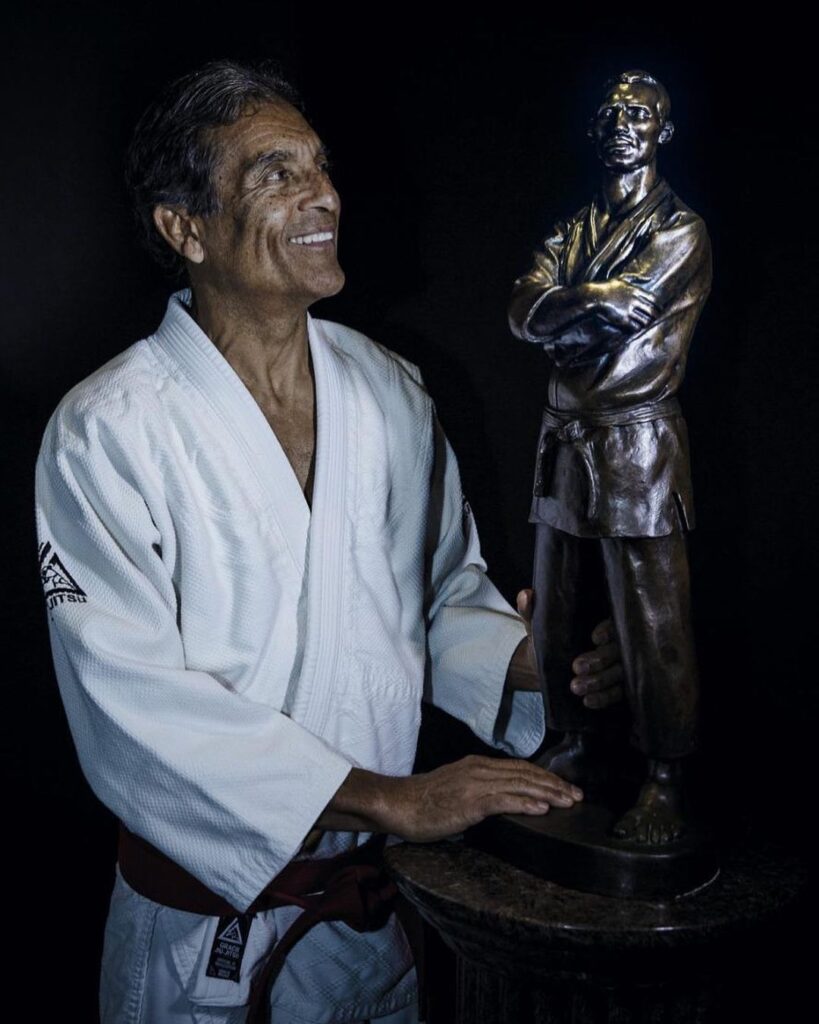
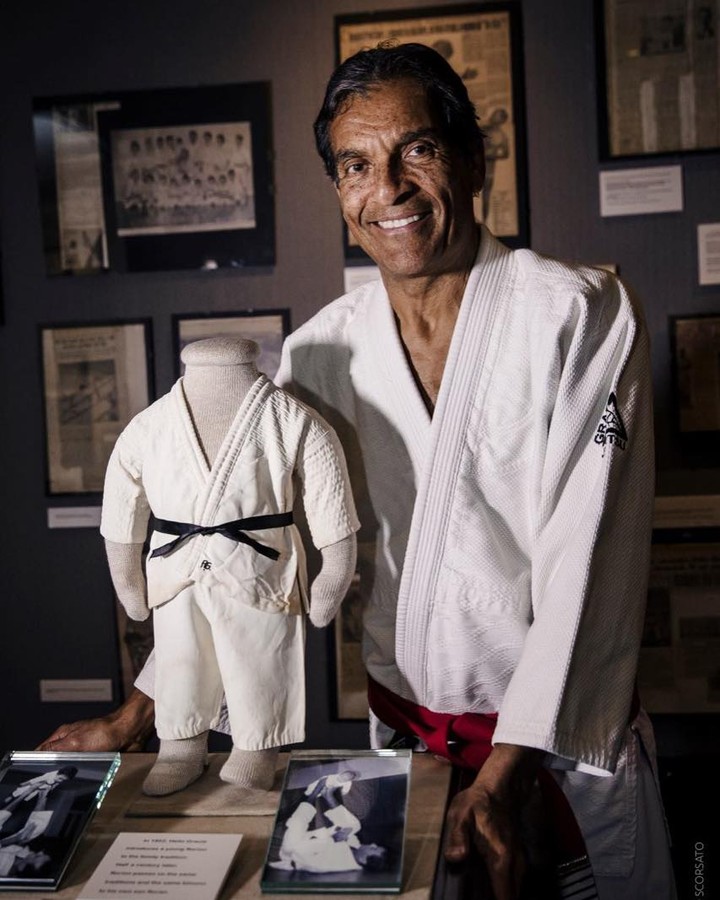
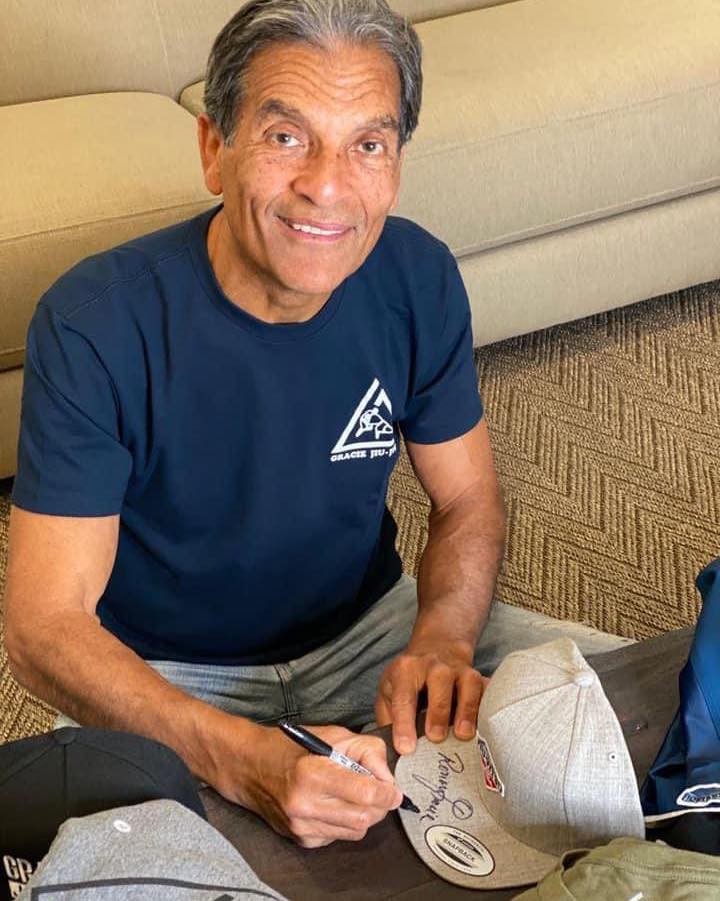
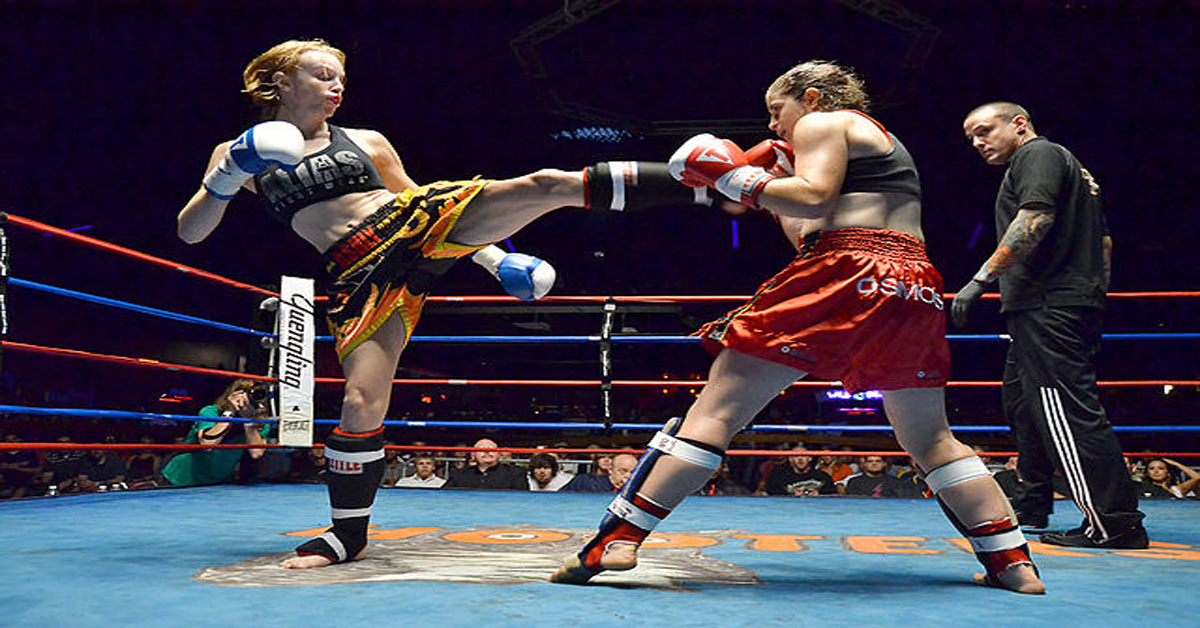 Something that goes unnoticed in Muay Thai is the stance. The Muay Thai stance is an extremely important part of the fighting style, which must be routinely practiced. Here is a breakdown of how to properly stand in a Muay Thai stance. Read below to learn the important tips for holding a Muay Thai stance […]
Something that goes unnoticed in Muay Thai is the stance. The Muay Thai stance is an extremely important part of the fighting style, which must be routinely practiced. Here is a breakdown of how to properly stand in a Muay Thai stance. Read below to learn the important tips for holding a Muay Thai stance […]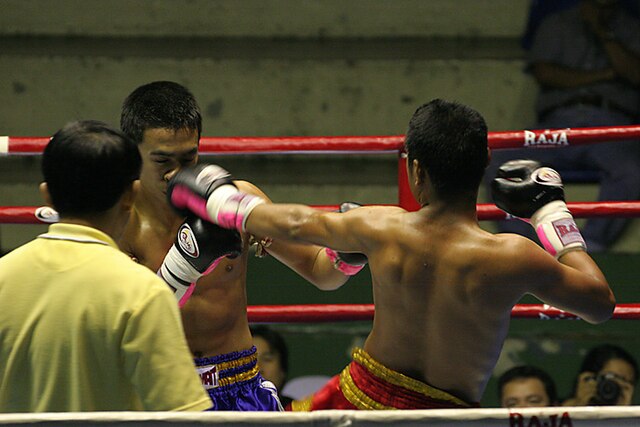
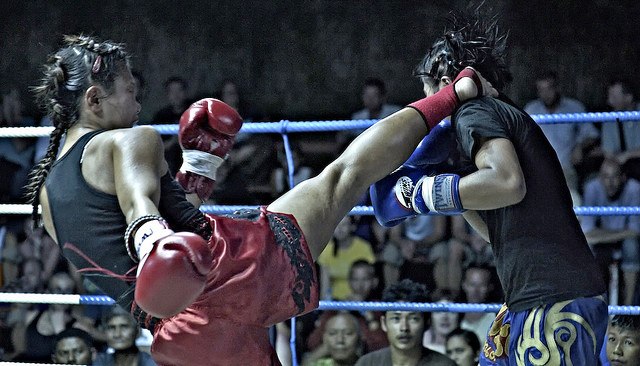
 Bostin Loyd is one of the most controversial figures in the history of bodybuilding. He was one of the first bodybuilders to be open about his steroid use and created a massive online following. Here’s a summary of the crazy life of bodybuilder Bostin Loyd. We’ll review his bodybuilding career, steroid use, social media following, […]
Bostin Loyd is one of the most controversial figures in the history of bodybuilding. He was one of the first bodybuilders to be open about his steroid use and created a massive online following. Here’s a summary of the crazy life of bodybuilder Bostin Loyd. We’ll review his bodybuilding career, steroid use, social media following, […]